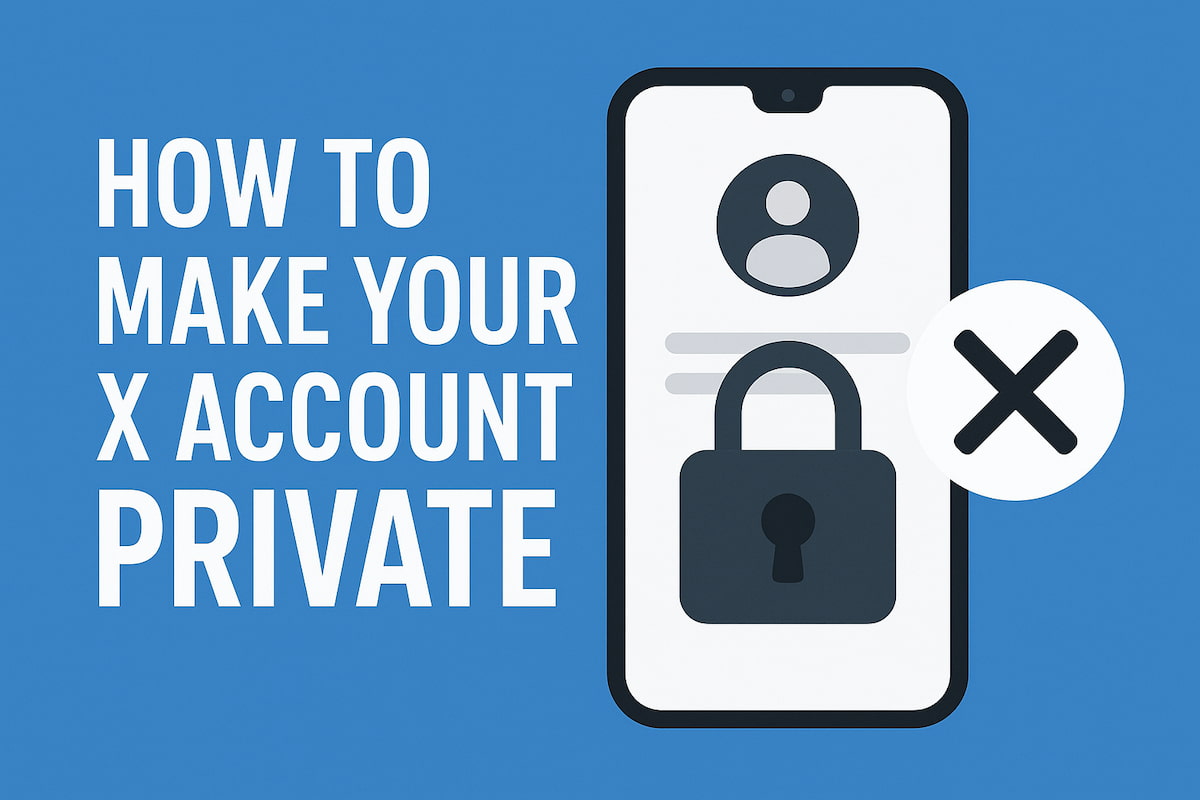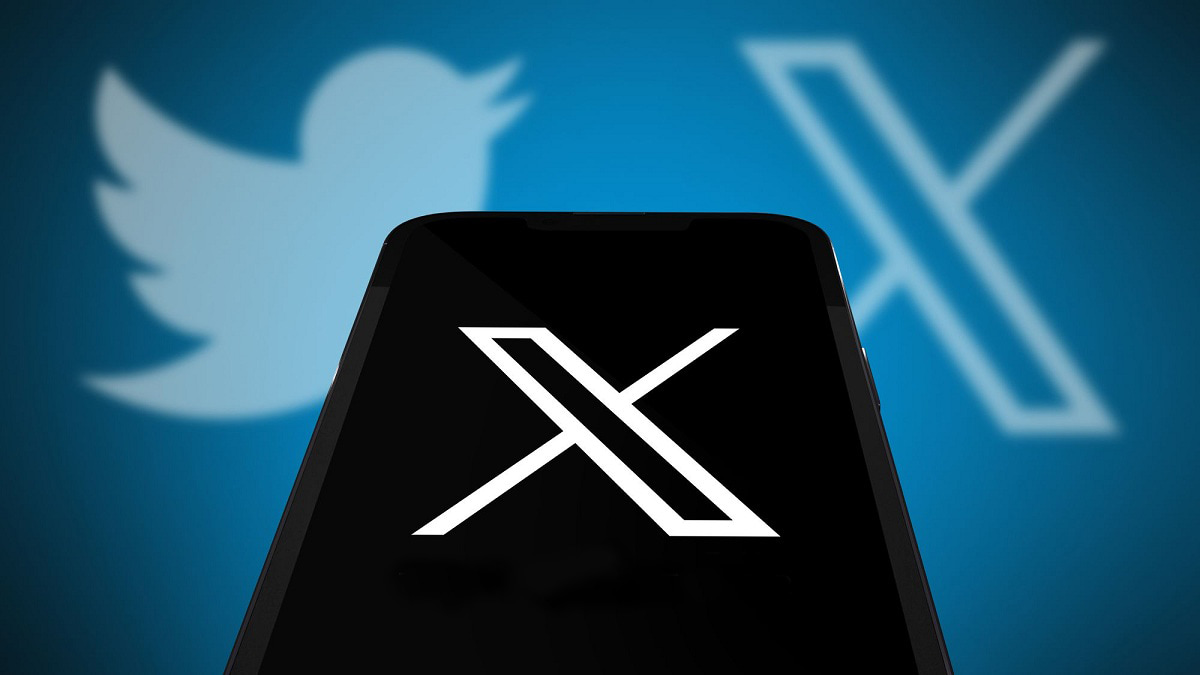If you’ve ever had this: you come up with a cool hashtag, tweet a couple of times with it, and the response is weak—don’t worry, you’re not alone! In this article, we’ll talk about analytics, how to measure hashtag popularity, and most importantly—how not to waste time on words after the pound sign.
Do Hashtags Still Work on Twitter in 2025?
Everything has changed since Twitter (X) introduced hashtags and retweets back in 2009. By the way, it could have happened even earlier. Here’s a fun fact: When a Twitter user ‘invented’ the hashtag in 2007, Twitter thought it was ‘too nerdy.’
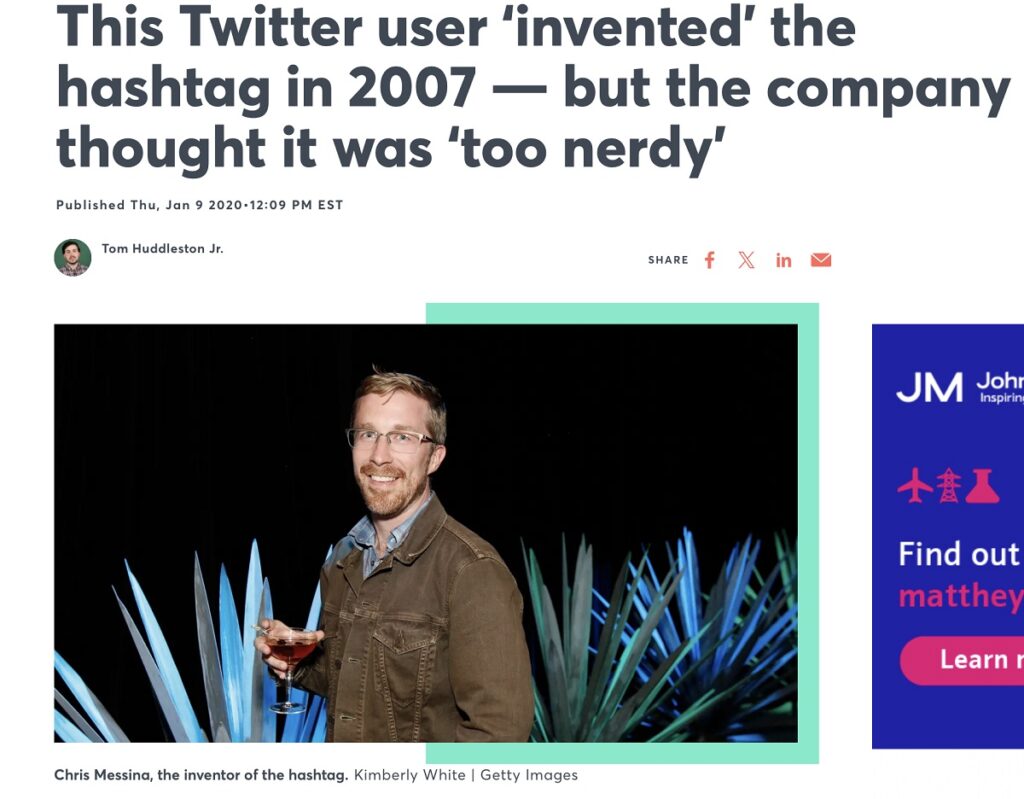
Hashtags used to be an incredible tool, almost like magic. You’d just slap on #MondayMotivation and your tweet would zoom out to strangers ready to like your post. But now, with X becoming even more algorithm-driven, it seems like this “magnet” has lost some of its power.
But that’s not entirely true.
Yeah, hashtags still work, but maybe not in the way you’re used to seeing them. They no longer guarantee trending status, but they help algorithms understand the context of your content. So, if you’re tweeting about a new sneaker collection or sharing thoughts on your favorite show, a well-chosen tag can still help you reach your audience. Anyway, tweets with hashtags get twice the engagement of those without them.
Another thing—trends. You log into X and see the day’s trending topics. If you cleverly hop on the right tag, you can get significant reach even without a million followers.
So, hashtags aren’t dead, they’ve just gotten smarter.
If you use them correctly and thoughtfully, they can still be a wonderful tool in your arsenal. But now, instead of using them blindly, you need to act strategically and understand how algorithms and trends work.
So keep hashtagging! Just do it wisely. How? We’ll explain next!
Types of Hashtags on X
Thought tags were just words with a pound sign in front? Actually, they’re different types of signals you send to the community. They have several main types, each with its own purpose.
Branded Hashtags
For increasing brand recognition.
You know #JustDoIt? Yep, that’s the classic branded hashtag. It’s not just three words. It’s a whole philosophy that Nike weaves into all its campaigns.

Branded tags are logos but in text form. Companies create these hashtags so you instantly associate them with their product or philosophy.
You can have your own branded tag too, even if you’re just sharing your unique views or style. The key is to make that tag your calling card, the one people recognize you by.
Content Hashtags
For categorizing content by topic.
These are tools for organizing chaos. Think of them like folders on your computer or labels in a library. #Travel, #Food, #Tech—use them so people know what you’re talking about.
Writing about marketing? Add #DigitalMarketing or #ContentCreation, and your post will be right in front of those looking for exactly that. They attract the most targeted audience.

Trending Hashtags
For focusing on currently relevant topics (news, events).
Ah, trends… Today they’re at the top of popularity, tomorrow they’re forgotten. If you see a trending hashtag, grab it while it’s “hot.”
News, events, memes—all of this flows through trending hashtags. For example, #Oscars or #SuperBowl can blow up Twitter in a moment. It’s important to catch the wave and get your tweet in the stream before the # cools down.
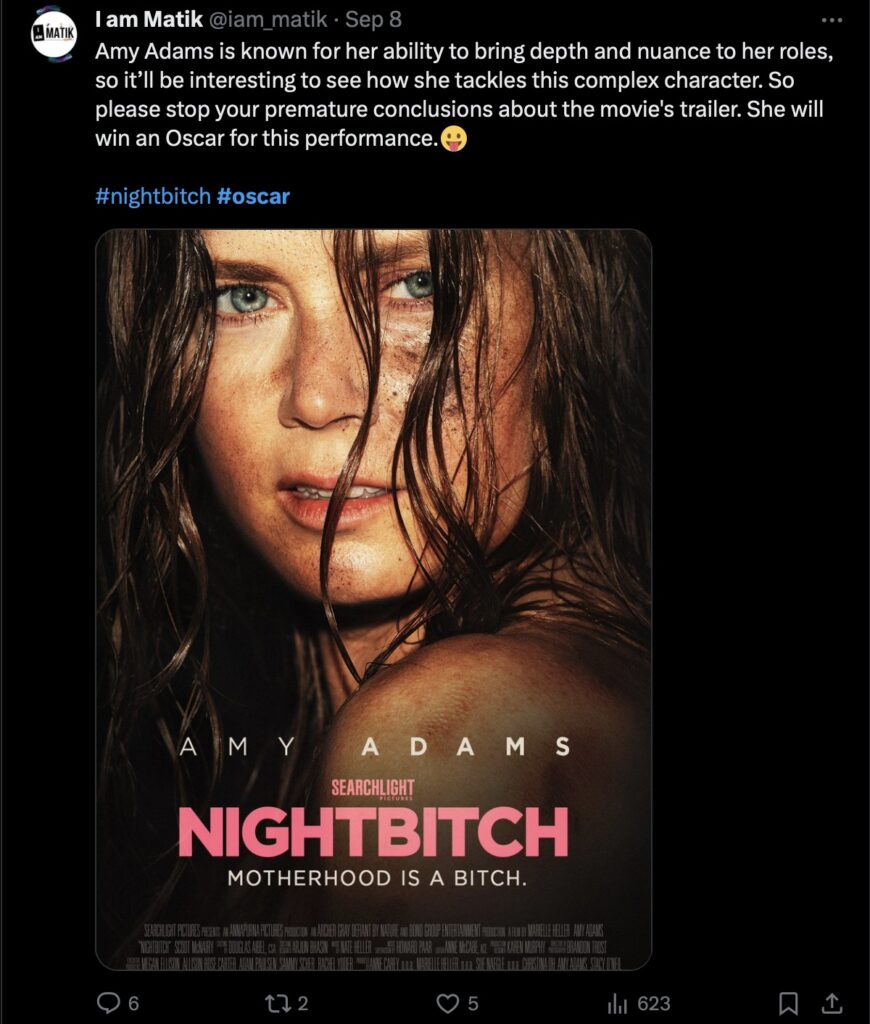
Campaign Hashtags
For marketing campaigns and events.
This is the master level. Campaign tags are those created specifically for a particular promotion, event, or project. Seen #ShareACoke? That’s a campaign hashtag in action.
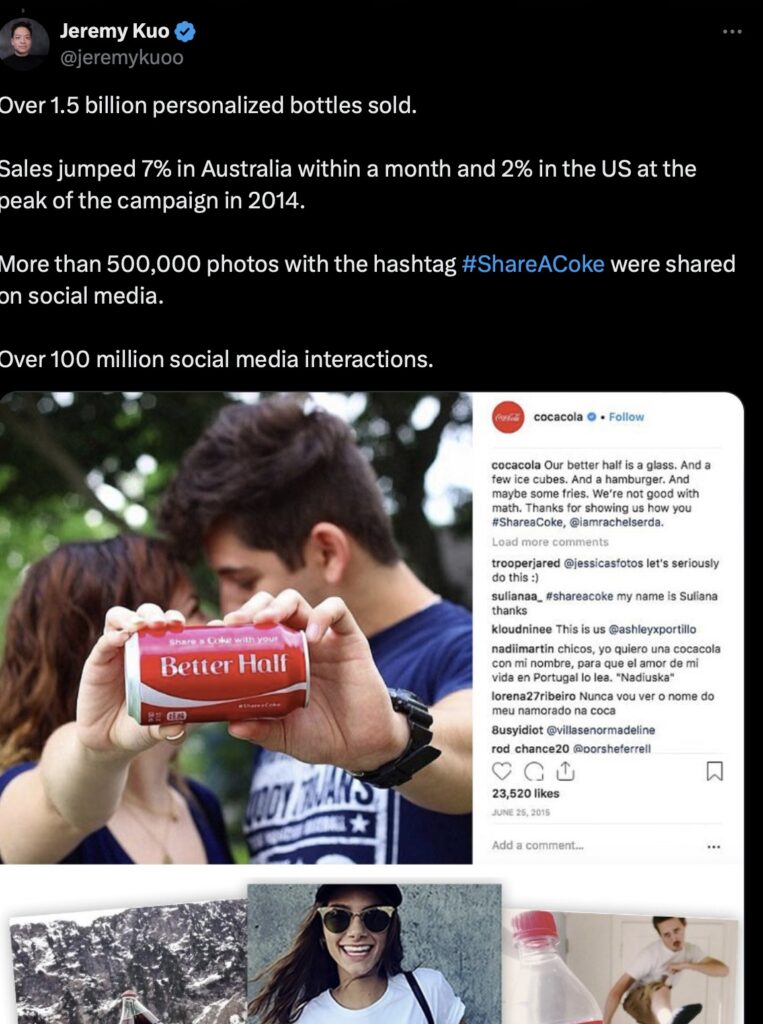
Companies use them to bring together everyone involved in a particular activity into one space.
And it’s not just for big brands. You can have your own tag for a webinar, flash mob, or marathon. The key is to make it unique and ensure people know how and why to use it.
As you can see, each tag is a tool with different tasks.
What Is Hashtag Popularity?
So, what exactly is hashtag popularity? It’s easy to imagine tags as voices at a massive party. The more people use them, the louder they sound. But it’s not as straightforward as it might seem at first glance.
Defining Hashtag Popularity
Hashtag popularity isn’t just about how often it’s used. It’s like a complex formula where both frequency and how actively people engage in conversations around it are taken into account.
Imagine you shout #BestDayEver into a crowd. And what happens? If no one responds, your tag just vanishes into the air. But if people start picking it up, discussing it, liking it—now that’s a whole different story!
That’s how popularity works: you need not just to speak up but to get a response.
Key Metrics
You can measure tag popularity. Here’s what to look out for:
Frequency of Use
The more a tag is used, the further it spreads on Twitter (X). But a key point is: frequency alone doesn’t guarantee success. If a hashtag is too “crowded” with content, your post might just get lost in the flow.
Audience Engagement
Frequency is good, but engagement is key. If a hashtag doesn’t just get posts but also sees a lot of likes, retweets, and comments—that’s a whole new level! This means the # is really “alive” and generating interest.
The more interactions, the more popular the hashtag. Engagement is like a gauge of how much the audience actually cares about the topic.
Relevance to Current Events
We all know that a tag can be a hit if it’s tied to a hot topic. If something significant happens and you quickly react with the right hashtag, success is almost guaranteed.
Relevance is about how timely you are in joining the discussion. #Paris2024, #AppleEvent, or even a sudden meme—react quickly.
The Paris Olympics ended on August 11, so by early September, that hashtag is already fading.
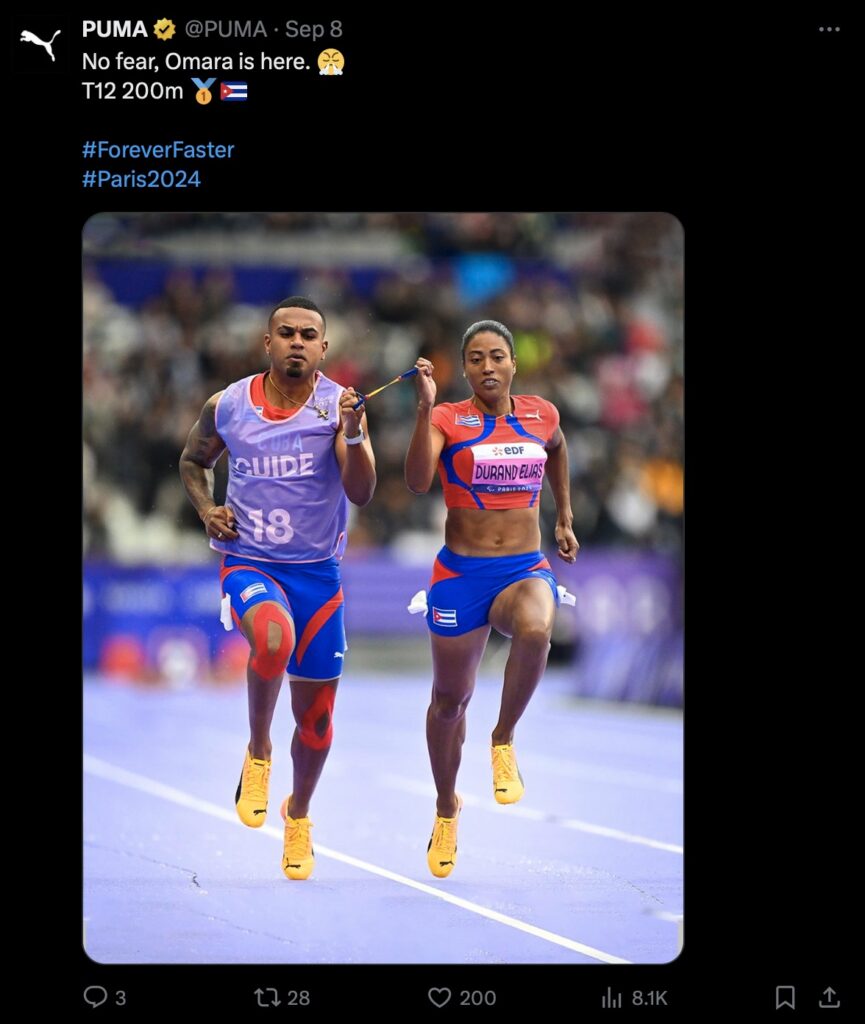
However, the Apple Event happened on September 9, so that hashtag has been at its peak for at least a couple of weeks.
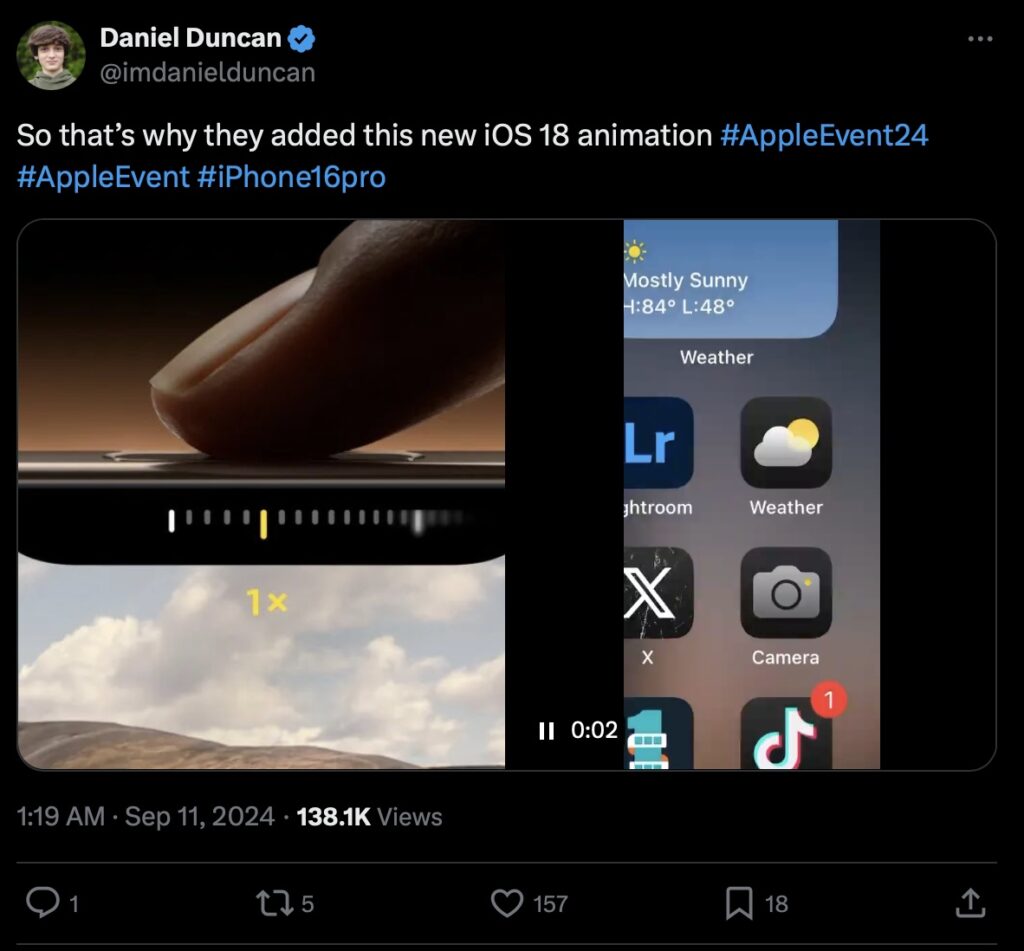
However, will posting anything with that hashtag in early October be as effective?
In short, hashtag popularity is a mix of frequency, engagement, and how well it reflects what’s happening in the world right now.
Guide to Analytics Hashtag on Twitter(X)
How do you know if your tag is working or just drifting quietly through the web? You need analytics. Let’s see how to measure hashtag popularity in practice using various tools and methods.
Using Twitter(X) Analytics Built-In Tools
Twitter (or X, whatever you prefer) is a real analytics hub with insights like twitter hashtag analytics readily available. If you have a business account, you already have some decent built-in tools at your disposal.
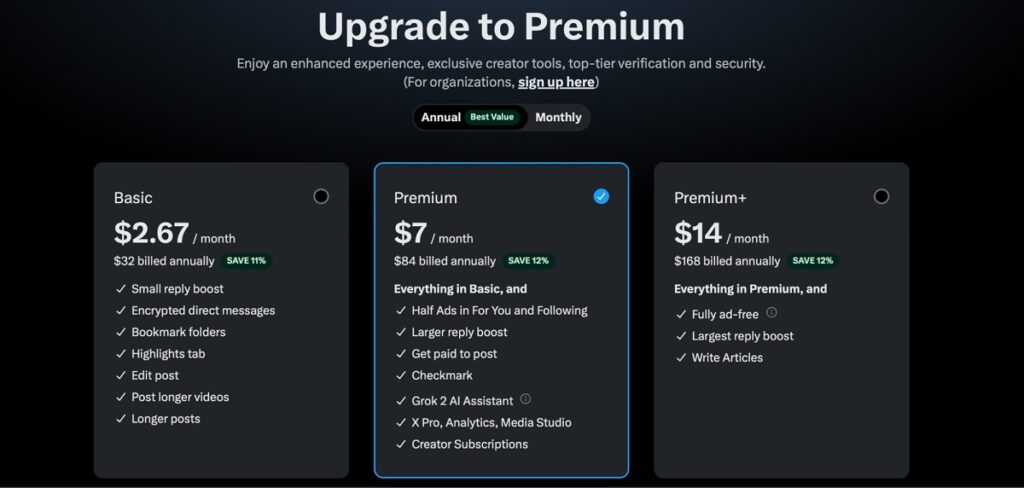
Head over to Twitter Analytics, and you can see how your hashtags are performing.
What can you find out? Look at:
- Impressions: How many people saw the tweet with your hashtag;
- Engagement: Likes, retweets, clicks on links—these are key metrics that show how well your tag is working;
- Demographics: Where your users are located, their age, interests. This helps you understand if you’re reaching the right audience.
External Analytics Platforms (Mention, Sprout Social)
If Twitter’s built-in tools seem insufficient, there are plenty of external platforms that can reveal your hashtags’ popularity in detail. Platforms like Mention, Sprout Social, and even Hootsuite provide access to more data.
With these tools, you can:
- Track hashtag mentions across all social media platforms, not just Twitter. If your tag is spreading to other networks, you’ll know right away;
- Get more detailed reports on engagement and growth of your hashtag. Specialized metrics will help you understand how your hashtag performs compared to your other tags;
- Monitor audience sentiment. The platform will show how users react to your hashtag—positively, neutrally, or negatively.
Mentions, reposts, and other details can be tracked with Twilert. It’s a favorite of ours. All the genius is in its simplicity, and that’s exactly what it’s about. It’s like an advanced Twitter search, only much cooler. Check out the user-friendliness of the interface:
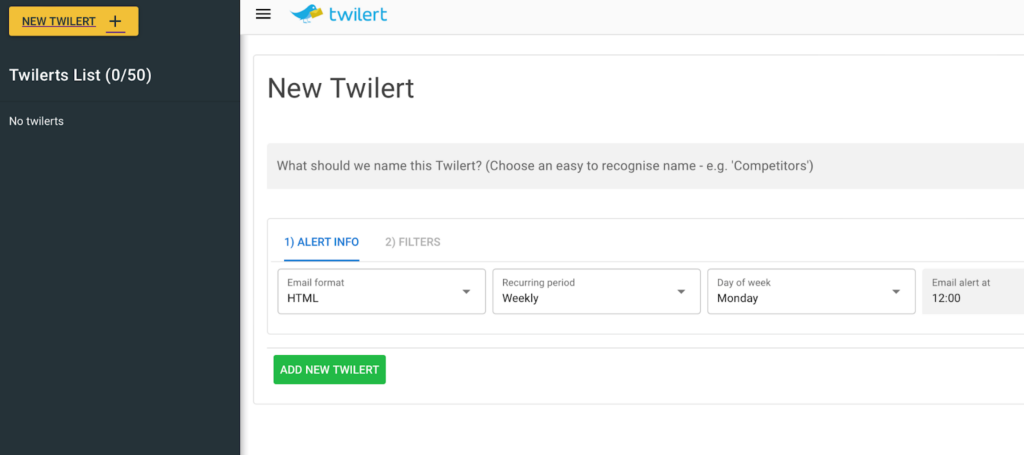
You just enter the needed filters and wait for an email notification. It comes as plain text or HTML, your choice. This will give you extra insights into how your tags are performing and how others are reacting.
How to Track Trends and Hashtag Growth on Twitter in Real Time
It’s all about speed here. If you want to catch the moment, you need to keep an eye on trends in real time. How to do it?
First of all, use the Trending Topics section on X to see what’s “blowing up” right now. See a trend? Jump in with your hashtag if it fits the context.
Moreover, platforms like Brand24 and Keyhole are excellent helpers. They show how your tag is performing now. But they also can predict its future growth (or decline).
So now you won’t miss a great opportunity.
Practical Steps for Assessing Hashtag Popularity Based on Goals
Now, the most important part: how to apply all this in practice? Here are a few steps to help you determine if your tag is working:
- Define Your Goal. Want to increase reach or boost engagement? Depending on this, focus on different metrics: impressions for reach, while likes, retweets, and comments for engagement;
- Check Analytics Regularly. Make it a habit. Check Twitter Analytics or your external tool once a week. Compare metrics and adjust your strategy;
- Compare with Competitors. Use third-party platforms (like Mention) to see how your hashtags perform compared to competitors. This helps you understand how effectively you’re working;
- Incorporate Testing. Don’t be afraid to run A/B tests with different hashtags. Use the same content with different # and see which one attracts more attention.
You should approach hashtag popularity measurement as an evaluation of your audience’s mood.
Red Flags in Hashtag Use on Twitter(X)
So, we already know how to use hashtags effectively, but let’s talk about how not to become a master of “epic fails”. Yes, there are plenty of ways tags can let you down. Let’s find out how you can avoid these pitfalls.
Overuse of Hashtags on Twitter(X)
Imagine this: you open Twitter, and there’s a post with dozens of hashtags. It seems like there are more tags than text. It looks like a desperate attempt to grab attention, and honestly, it’s more likely to repel than attract.
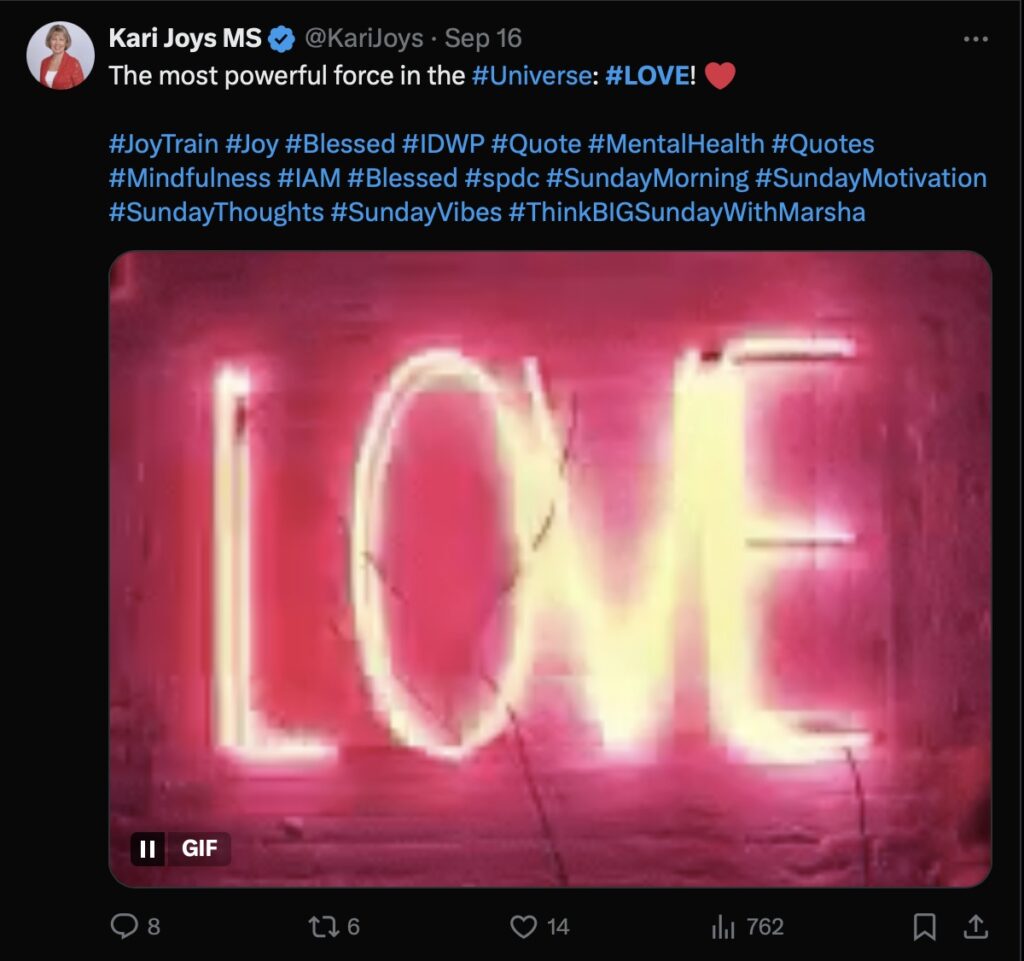
Why is this a problem?
When you stuff a post with a ton of tags, it turns into a mess and chaos. The result is reduced engagement. People get annoyed and don’t understand what your post is actually about. It’s better to use a few carefully selected tags than to fill up the space mindlessly.
Twitter recommends using 1-3 tags on average.
Let’s say you run a café account and post a photo of a new dessert with #Food, #Delicious, #Yummy, #Dessert, #Cafe, #Sweet, #TreatYourself, #Foodie, #InstaFood, #FoodLover.
Your post turns into an “advertising clutter.” It looks overloaded and also decreases the perceived value of the content. Such posts come across as spammy.
How to fix it?
Use 2-3 hashtags that best reflect the content of the post, like #Dessert and #Cafe. Now the post is more focused and appealing, right?
Hashtag Localization Issues
Local hashtags that perform well in one part of the world might be completely useless in another. Imagine promoting pizza in a place where people are searching for sushi.
Why is this a problem?
You risk missing out on an audience for whom your tag is relevant. It’s important to check localization.
Let’s remember our example of the café in Paris. Imagine you want to attract local customers. In your post about a new dessert, you use #Delicious, #Pastry, #Foodie, and #CafeParis.
If your content is targeted at a French audience, using only English hashtags may limit your reach. Locals might not find your post if they’re searching in French.
How to fix it?
Include tags in French to make them more relevant to your audience. For example, use #Délicieux, #Pâtisserie, #Gourmandise, and #CaféParisien. This will help your post rank better in searches and align with the language preferences of your target audience.
Using the language of the country you’re targeting makes your content more accessible. So, your post won’t get lost in global content.
Avoiding Generic and Overly Popular Hashtags on Twitter(X)
Popular tags might seem like a sure way to visibility. However, they are often “overstuffed” and too competitive. This means your post can simply get lost among a million others. It’s much better to focus on more niche and specific hashtags that accurately reflect the essence of your content and attract your target audience.
For example, you’re launching a new sportswear collection or promoting specific fitness equipment like a leg press machine and use hashtags #Fitness, #Workout, #Health, #Gym, #Motivation.
These tags are too generic and highly competitive. Your post will fade away amongst a million other messages using the same tags.
How to fix it?
Find more niche, specific tags that can attract your target audience. For example, #EcoFriendlyFitnessWear or #UrbanAthleisure. This will help you stand out among competitors and attract attention from those specifically looking for your products.
So, don’t overdo it with hashtags, check localization, and most importantly, research and analyze. Even the smallest details in hashtag use can significantly impact the effectiveness of your posts.
Conclusion
So, we’ve come a long way, from understanding what hashtags are to measuring their popularity and avoiding common mistakes. Let’s wrap it up?
Even though Twitter (or X, as it’s now called) is getting smarter, tags remain an important tool. So, it should be a significant part of your strategy.
Remember: less is sometimes more. Well-chosen hashtags can attract the right audience, but overusing them will only spoil the impression.
Let your tags work for you, not the other way around. And don’t be afraid to experiment. Social media is constantly evolving, and our main advice is to stay flexible and adaptive. May your posts trend and your content find its audience!


